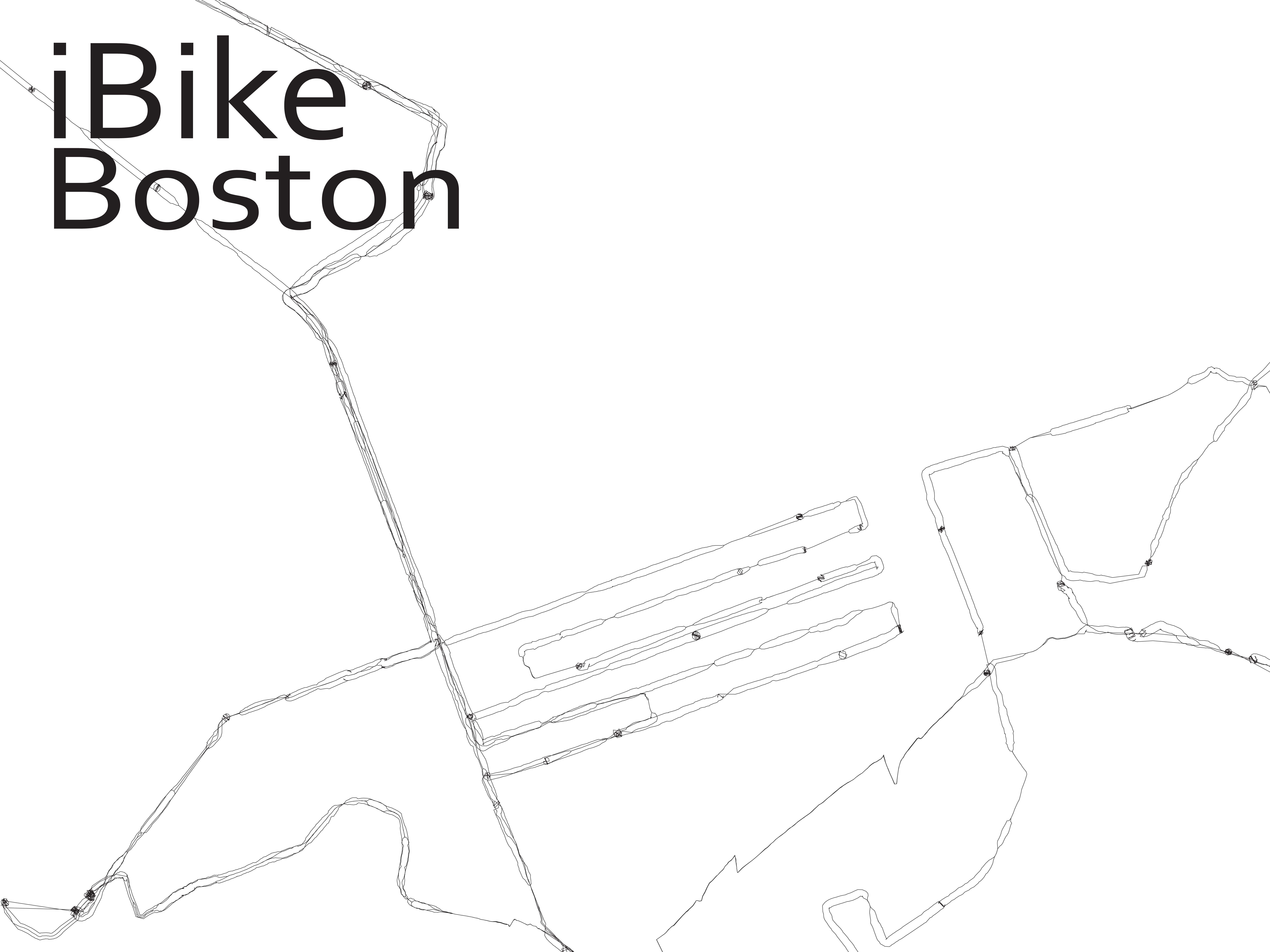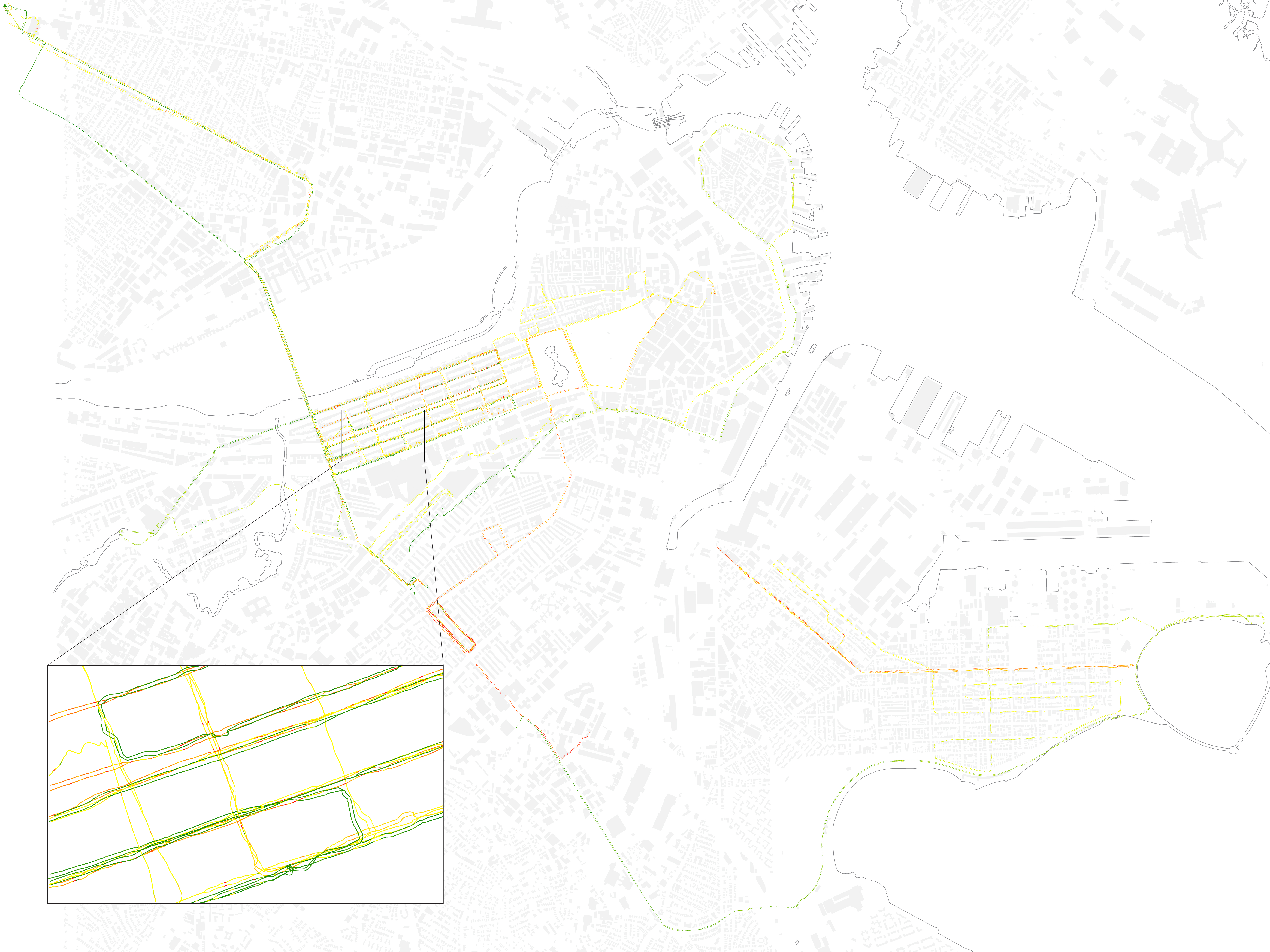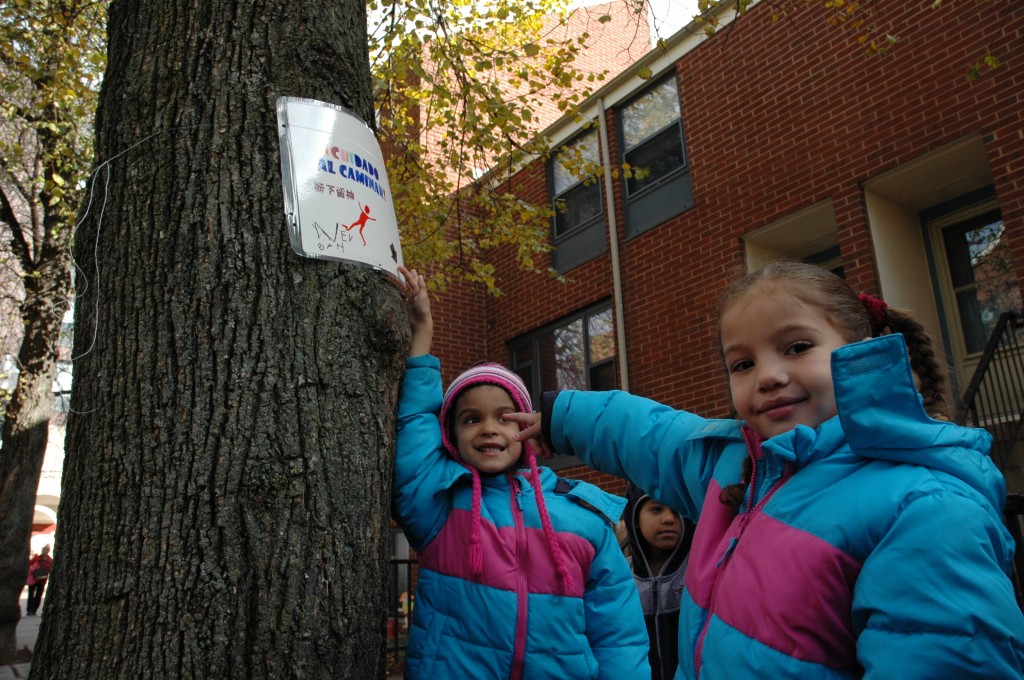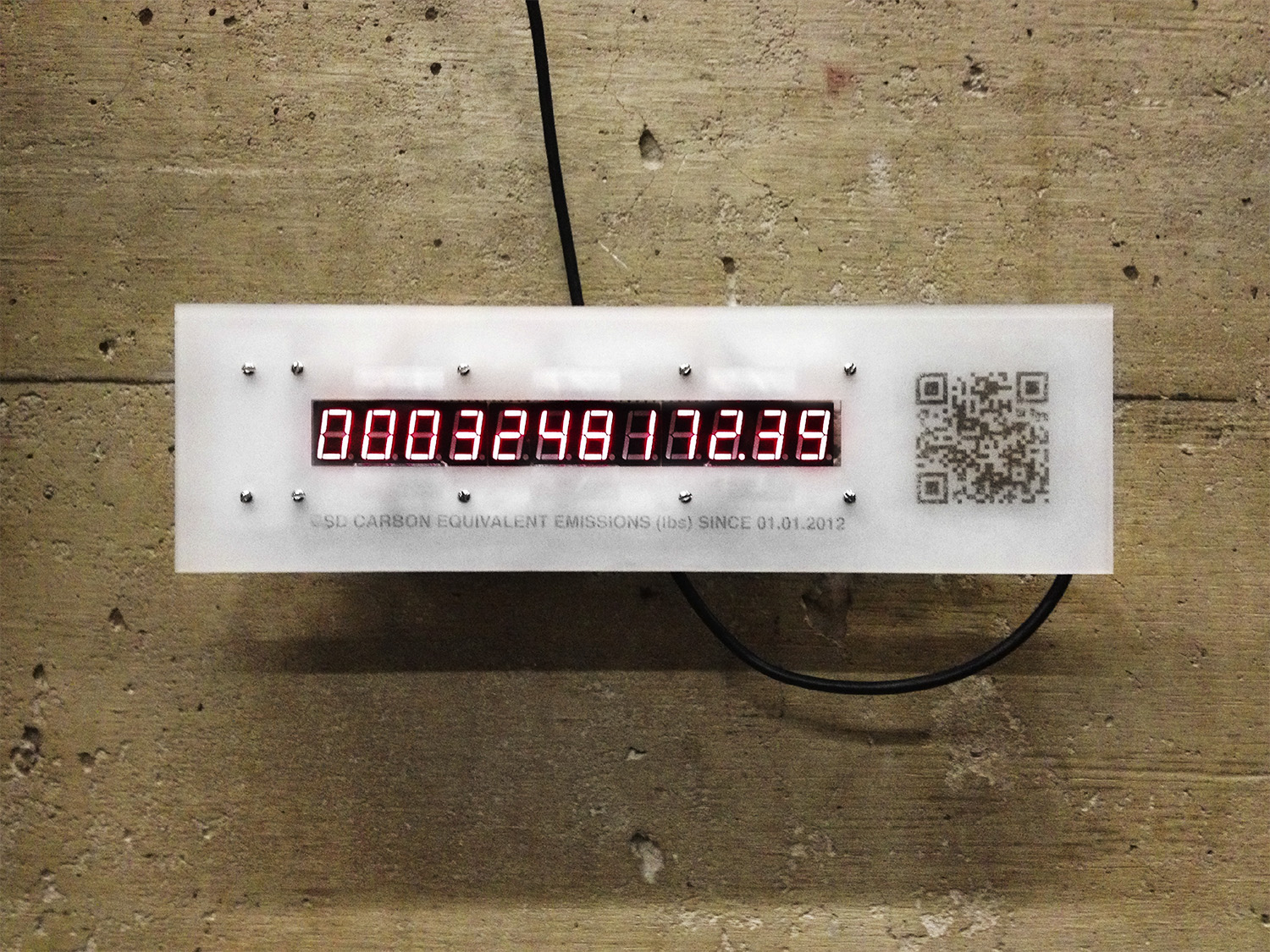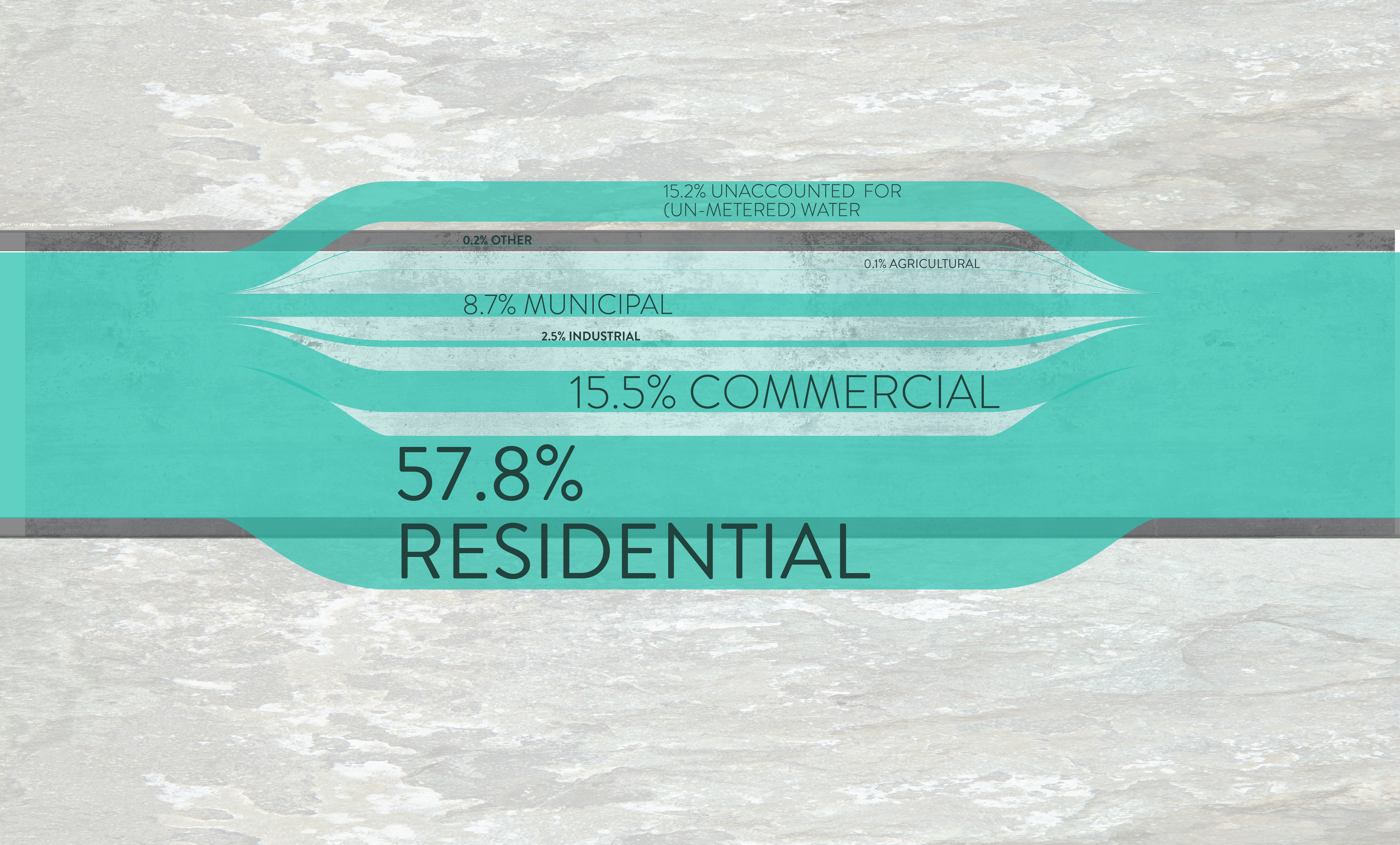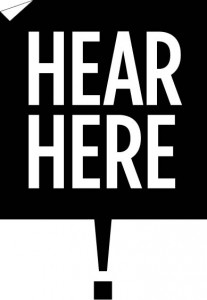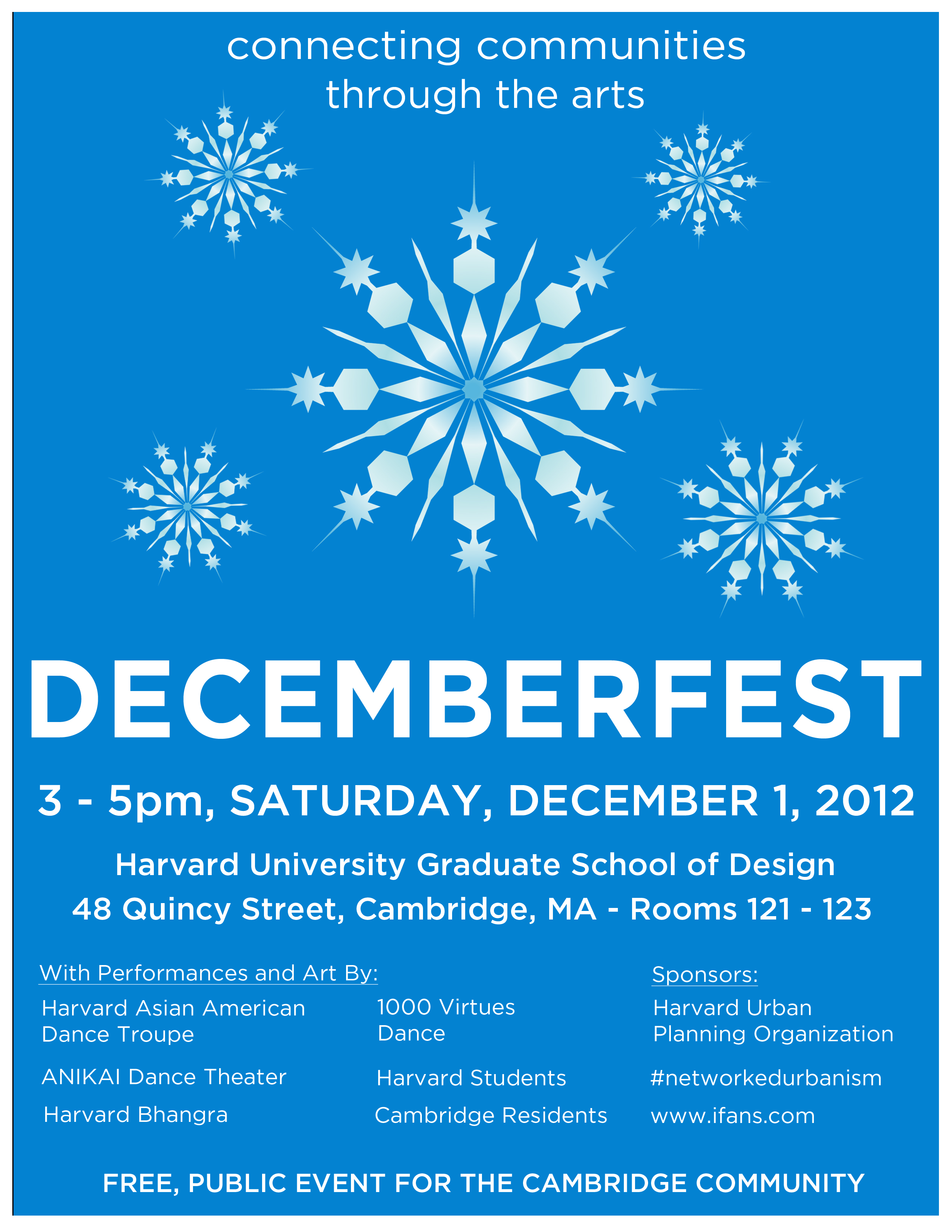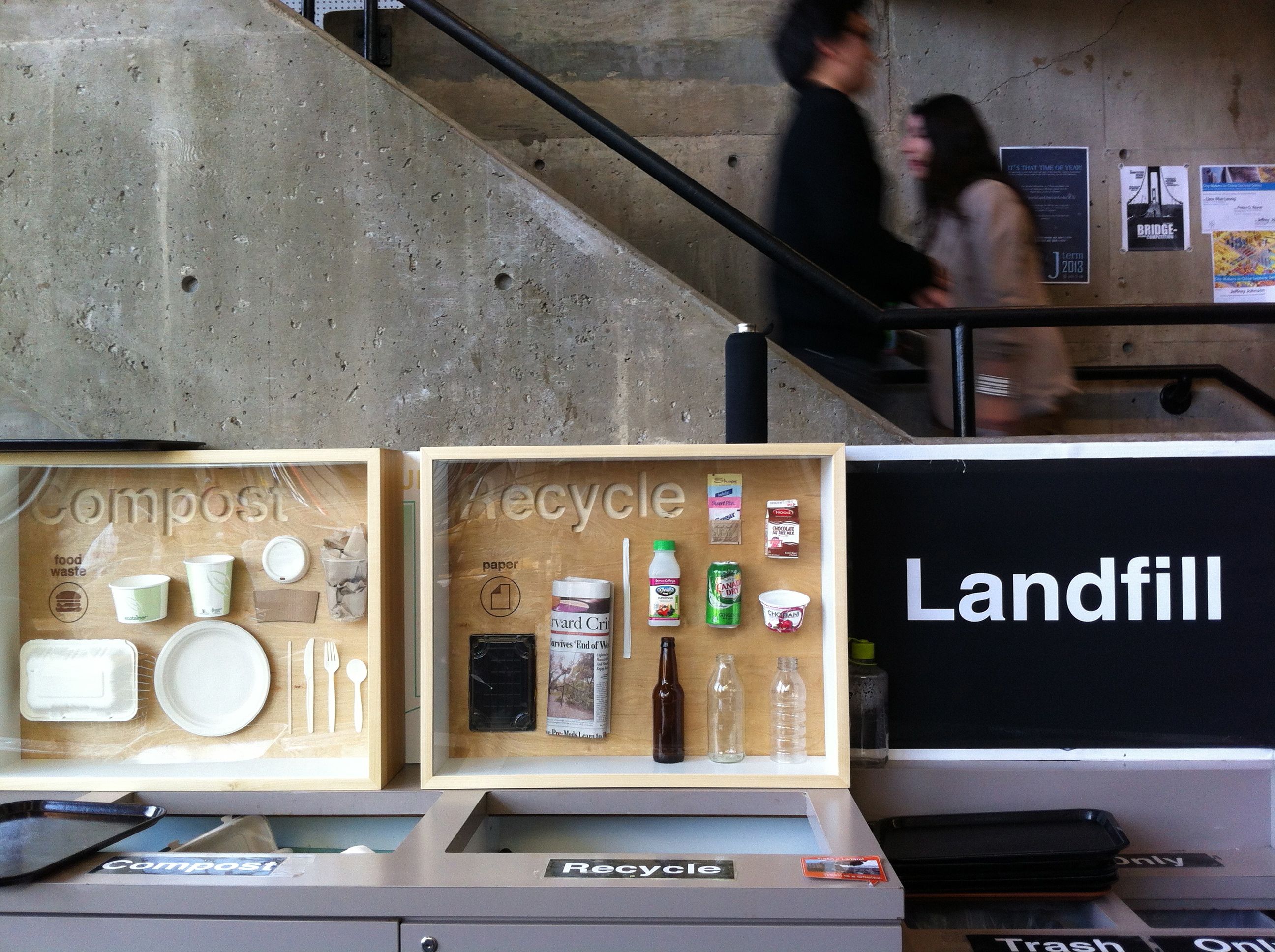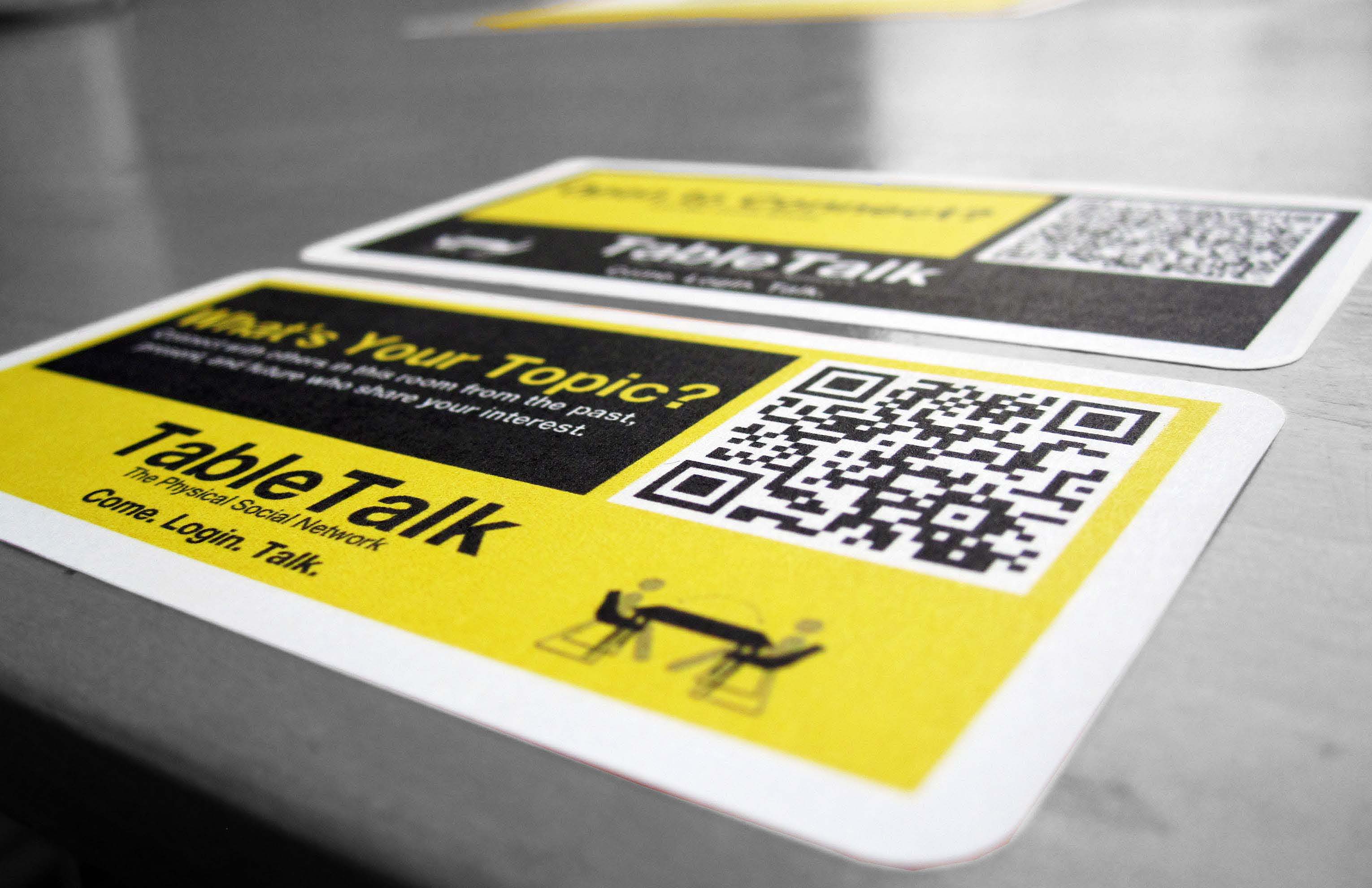Networked Urbanism
design thinking initiatives for a better urban life
apps awareness bahrain bike climate culture Death design digital donations economy education energy extreme Extreme climate funerals georeference GSD Harvard interaction Krystelle mapping market middle east mobility Network networkedurbanism nurra nurraempathy placemaking Public public space resources Responsivedesign social social market Space time time management ucjc visitor void waste water Ziyi
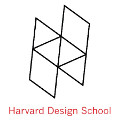
GSD Harvard – Fall 2012
Master Studio carried on during the Fall semester at the Urban Planning and Design Department at Harvard Graduate School of Design (GSD). Exploring the new role of the urban designer as an activator, mediator and curator of social processes in a networked reality where citizens are active producers or prosumers.
Boston has become more and more international. In particular, from 2000 to 2010, the Asian population multiplied by 1.6. Not only do they represent a minority group of people but also they bring different cultural backgrounds.
Taking Chinese as starting point, FunChinese is a project aiming to connecting people with complementary language skills to share with each other. Through the physical interaction, people begin to gain not only languages but also the knowledge of another culture. This is a prototype of promoting cross-cultural exchanging.
iBike Boston is a project on re-mapping the city of Boston in an effort to draw the experience of cycling in the city. By mounting a sensor that links accelerometer and GPS data to the handlebars of my bike and riding the city I have been mapping the micro-topography of the streets and the speed of travel, this information is used to redraw the streets to better show the experience of riding in Boston.
During November, I have led a series of urban planning workshops with different programs of IBA (Villa Victoria). The workshops became platforms for residents to see the community through a new perspective in which they can map problems and propose solutions for future developments. Given the time constraint only one of the workshops has been taken to a design stage. The students of Escuelita Boriken hand-painted street signs in which they alert residents of bumps and cracks on sidewalks of their community. The event granted 5 year-old students the unique opportunity to act on their built environment and transform it in a positive way.
The biggest challenge to reducing our collective energy footprint is visualizing what is normally unseen and forgotten, namely the energy we use everyday. Of course, even if our energy use is rendered as a number, or a graphic, it’s a bit too abstract to actually change our behavior. My initial experiments with this idea led to the development of the carbon counter that is currently displaying the carbon output of the GSD in the Chauhaus. The idea was that people would come up to this object of intrigue, snap a picture of the QR code, and be led to the Architecture 2030 Challenge website (which challenges architects and urban designers to realize net zero projects by t he year 2030). Not surprisingly, this device is pretty hard to miss, so I’m currently trying to think of an installation that will attract more attention to the actual flows of energy at the GSD. The installation is going to be coupled with a brief animation that describes all the ways that the GSD is using energy, and how to improve our collective performance.
Currently, I’m working on the back end of the system to get energy information in real time from individual plug loads. I received a plug monitor that runs the open-source protocol Zigbee that will interface with an Xbee adapter that I already have hooked up to an Arduino. The challenge now is to make the two devices communicate with each other, and then design a system that will turn this information into a visual and physical spectacle.
SoundTrek is a socio-spatial music sharing mobile app that takes you on an augmented sensory journey through urban space. SoundTrek runs in the background on your phone, IPod or other GPS enabled device. When in “drop mode”, much like a film director, users can frame their real-time, physical scene by “dropping” the perfect audio track to capture the moment. When users in “listen mode” get close to a geocoded marker, SoundTrek turns down their music and turns up an audio file that has been “left” there for them to find, delivering user-generated content that is temporal, seasonal, environmental and site specific. SoundTrek is a new way for people to share their city and their urban experiences in a way that is subtle, intimate, and personal. It is effective, effortless place-making that provides the opportunity for those who use the space to share their experience of the space with other users.
Bostonians, through their water usage, are one part of an extensive, connected system. The delivery of water to and from your home comprises of more resources than water alone and results in large scale infrastructural interventions that shape our landscape and impacts ecosystems on both sides of the chain. Through exploring methods of communicating these concepts, I hope provide a tool that educates users, encouraging them to reduce water usage and a have a better awareness of their environmental impacts.
Hear Here! is a platform that allows you to engage in virtual discussions with people within your vicinity. You can target an audience based on their location (be it your neighbors, concert goers, park patrons, building occupants, etc.) and engage in a rich exchange of information (ie. discussions, photo sharing, classifieds, comments, announcements, etc.). Hear Here aims to strengthen community by facilitating communication amongst other locals.
Most recently, my efforts have been focused on mobilizing existing talents and resources in the Cambridge and Harvard communities to activate urban spaces in new ways. My studio project has culminated in a community arts event to connect the Cambridge and Harvard communities through art, dance, and food. The event is called Decemberfest, and it will take place on Saturday, Dec. 1, from 3-5pm at the GSD in Rooms 121-123. The project is supported by the Harvard Urban Planning Organization, and it will feature performances by dance groups from the Harvard and Cambridge communities, as well as art from local residents on an urban theme. The entire community is invited to this public event – hope to see you there!
Every day we are confronted with choices about where to dispose of the waste our lives produce. Trashy Behavior has sought to both improve our decision making around trash disposal as well as prompt a conversation that leads to decrease waste production in general. Through design interventions such as the trash display in Chauhaus shown above as well as small messages strategically placed around Gund Hall I set out to shift behavior at the GSD. On Friday, November 16th together with several volunteers from the GSD community I conducted a waste audit to see what improvements we were able to make. Since the last wast audit in 2010, we saw significant increases in both composting and recycling accuracy (more of our compostable/recyclable materials were actually getting composted/recycled).
The lessons I have taken from this work have inspired me to look at more trashy behavior, particularly in the built environment. With upwards of 100 million tons of construction and demolition waste ending up in landfills every year, there is a significant opportunity to improve design and access to information. I plan to work on solving at least one small part of this challenge as I move forward.
TableTalk is a physical social network connecting individuals of like interests by combining the physical and digital realms of urban space. This new community typology makes formerly invisible layers of shared interest visible in material space. By embedding personal metadata onto physical objects, a new community work space is developed connecting individuals in both real time and to past occupants; highlighting the importance of the city as place.
I am currently exploring the many ways this system can be implemented; including overlay onto existing program, embedding into objects, enhancing the social environment, and designing a new typology all together.
« Previous 1 2 3 4 … 7 Next »
